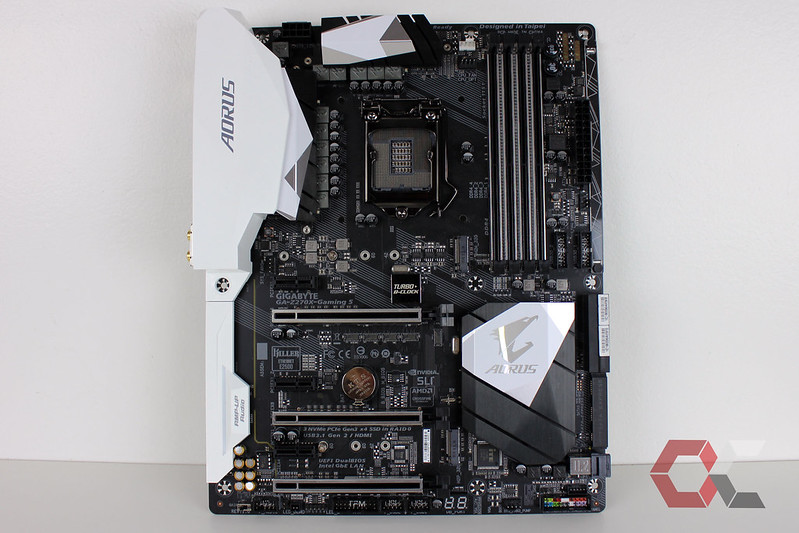Technologies like 3-D printing and augmented and virtual reality normally record attention for the future they guarantee– one where structures increase nearly at whim and visualization tools make seeing the result of style choices that much easier. Daily, however, the application of these and other tools and systems is more nuanced. Rather than off-the-shelf solutions, innovation happens primarily at the task level and addresses its unique requirements. From new ways to track devices use and employee performance to the emerging modular building category, we check out how those unique applications came together in a few of 2016’s most significant market tech subjects.

Building companies level up on staff member, devices tracking
Watching on equipment and workers on the job website is one thing, however collecting and keeping an eye on that information regularly is another. And it’s the latter where building and construction business made major development in 2016. From wearable devices that monitor employees’ location and functions such as body temperature and heart rate to maker and devices telematics designed to assist manage use and upgrades, the technology brings guarantees of workflow effectiveness, enhanced crane safety and expense savings.
Job website security is another location in which digital techniques are fast-replacing their analog forebears. Security video cameras, GPS tracking and controlled-access systems throughout Wi-Fi and mesh networks are standardizing and better-controlling task site and devices access.
Con-tech start-up space flourishes
With the development of systems and apps that bring building and construction technology onto the task website has actually come an organisation and investment vertical with all eyes on AEC. A number of these tools have actually been envisaged and/or built by building pros dissatisfied with the status quo– from apps that enhance field reporting and closeouts to platforms that cut back on paper strategies utilized on the job site.
Bringing building and construction documents and project schedules into the cloud is a typical objective for these startups. They consist of Procore Technologies, a job management software application that just recently accomplished a $1 billion valuation; Fieldwire, a mobile- and desktop-based plan-viewing app that snagged $6.6 million in financing last year; and the Caterpillar-backed data record platform Uptake, which was named Forbes’ “most popular start-up” of 2015.
Drones get (official) authorization for launch
Construction business were utilizing drones long prior to the Federal Air travel Administration’s final guidelines on the commercial use of small unmanned aerial automobiles went into impact in August. Aerial photography was among the most typical preliminary applications of drones in construction, however they have actually given that expanded to a host of jobs associated with website security, grading and excavation and even comparing 3-D designs with as-built styles.
Modular stacks up
For all its capacity, modular remains an emerging segment of building style and building, frannas and construction. Offsite production utilizes the environmental protection paid for by a factory setting to handle the installation of specialized components, improve efficiency and lower waste. While the classification has actually been making slow but stable progress– discovering use in applications with repeatable plans like multifamily, healthcare and education– it has actually faced some challenges.
In October, prefab leader Forest City Ratner revealed that it was selling its modular organisation following building and construction of the 32-story 461 Dean Tower (revealed above), in Brooklyn, NY, whose delay-laden building took 4 years. The job, which recently opened, is the tallest modular steel structure in the world. Roger Krulak, CEO of Complete Stack Modular, which bought Forest City’s modular business, told Building and construction Dive that the hold-ups had more to do with relationships amongst the task group than it did modular technology. The other three structures planned for the website will be built using standard structure techniques.
